For most people, fish bone is underestimated. The fish waste has not been used optimally and only ended up in the trash. In fact, it has a high calcium content that can help meet the needs of human’s calcium intake.
The fact encourages two students of Department of Fisheries, UGM Faculty of Agriculture, Sari Asrini and Dwi Retno Wulandari, to process the fish waste to become a food product with high nutritional value. They innovated the fish bone waste and created a snack in form of chips made from fish bones with the name Fish Bone Calcium Chips or often called FB Calchips.
The product ultimately led both student to achieved second place in the Fisheries Product Development Innovation competition held by the Directorate of Fisheries Product Processing and Marketing of Ministry of Maritime Affairs and Fisheries on 24th October. The competition was followed by 50 teams from several universities and institutions in Indonesia. "We try to innovate by making use of fish bone waste that has not been widely used, but has high calcium content. This is an added value in the eyes of the jury," said Sari Asrini, Wednesday (9/11) on the campus of UGM.
Sari hoped this innovative product can help meet calcium needs of community. As is known, calcium intake of Indonesian is still quite low, ranging between 270-300 mg per day. In fact, the recommended calcium intake according to international standards amounts to 1000-1200 mg per day. Low calcium intake makes people prone to calcium deficiency disease that can cause disturbances to bone.
Sari mentioned that one gram of chips or the equivalent of one piece of chips contains 16.8 mg of calcium. "So, just by eating 60-70 pieces of Calchips per day can meet the consumption of calcium intake needed by the body," she explained.
In the making of FB Calchips, they use tuna fish bones. This fish was chosen because it has the highest calcium content compared to other fish that is ranged between 12.9% -39.24%. The fish bone is obtained from steak production centers located in Sonosewu, Bantul. The tuna fish bones are later made into flour. Flour is obtained by using a pressure cooker first and later crushed and dried. "An amount of 1 kg of tuna fish bones usually can produce as much as 400 grams of fish bone flour," said Sari.
Sari added, to produce these chips flour, potato flour and sago flour are also used. They are mixed with margarine, seasoning flavor of garlic and onion, salt and water. “In addition to having high calcium content, this snack is also healthy because it contains no MSG. We do not add artificial flavorings in the manufacturing of this chip," she said.
Dwi Retno added that FB Calchips has a savory taste and crunchy texture. The flavors they offer are original and barbeque. The price of chips with two variations of flavors is quite affordable, each kilogram cost only in the range of Rp19,000- 28,000. While small packs of 35 grams is sold for Rp2,000 and 15 packing grams for Rp1,200.
Although potential industry-wise, in the meantime, there is no plan to produce FB Calchips in a mass scale. Currently, they are focused to make improvements and modifications to the product. "We are just concentrating to make improvements and modifications, such as to add variety of flavors and so on," she concluded.


